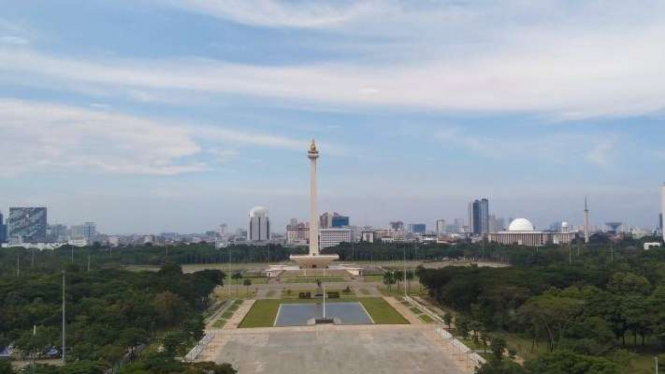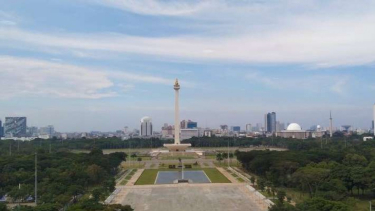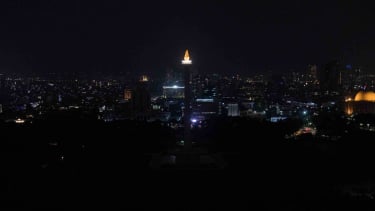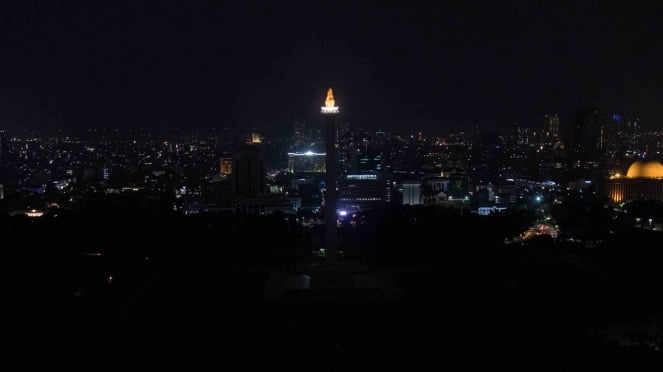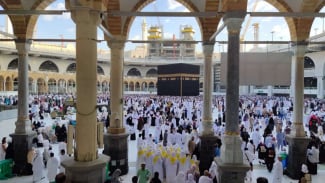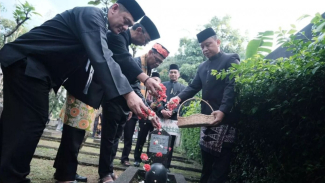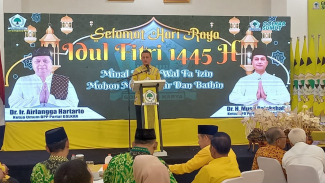Happy 496th Birthday, Jakarta! Check History Indonesian Capital City
- ANTARA/Dewa Ketut Sudiarta Wiguna
Jakarta – The Indonesian capital city, Jakarta, celebrates its 496th anniversary today, on June 22. Jakarta has gone through a long historical journey with its previously name, Jayakarta.
Jakarta has undergone remarkable transformations, and here's a brief history of the capital city of Indonesia.
Originally, the area now known as Jakarta was a small settlement located at the mouth of the Ciliwung River. This city was known as Jayakarta after its name was changed by Prince Fatahillah.
Jayakarta used to be an important port for spice trade and was a center of the Hindu-Buddhist kingdom called 'Sunda Kelapa.'
Suasana Monas yang penerangannya dipadamkan saat berlangsung Earth Hour di Jakarta, Sabtu, 30 Maret 2019.
- ANTARA FOTO/Sigid Kurniawan
In the 16th century, Jayakarta was conquered by the Dutch and renamed Batavia. Batavia then became the administrative center of the Dutch colonial rule in the Dutch East Indies.
The Dutch transformed the city by building forts, roads, and colonial buildings. Batavia later developed into an important trading center and became one of the largest colonial cities in Asia.
Japanese Occupation and Independence
During World War II, Japan captured Batavia in 1942 and renamed it Jakarta. The Japanese occupation lasted until 1945 when Indonesia achieved its independence.
On August 17, 1945, Soekarno and Mohammad Hatta proclaimed Indonesia's independence in Jakarta. Thus, Jakarta became the capital of the newly born nation of Indonesia.
Development of Jakarta as the Capital City
After gaining independence, Jakarta experienced rapid growth as the capital city. The Indonesian government took significant steps to build and develop the city's infrastructure.
In the 1950s and 1960s, large-scale development projects were carried out, including the National Monument (Monas), which became a symbol of national pride.
Then, in the 1970s, the construction of commercial centers and modern skyscrapers in the city center began.
Over time, Jakarta continued to evolve as a center of economy, politics, and culture. In the 21st century, Jakarta has become one of the largest cities in the world.

